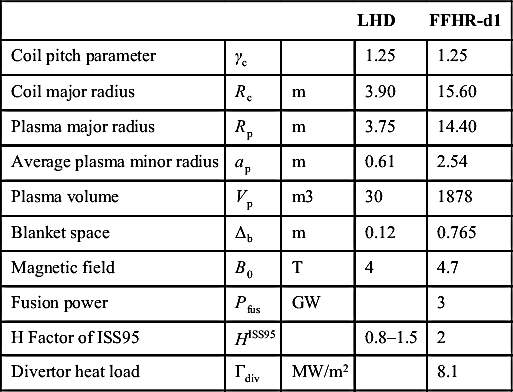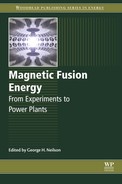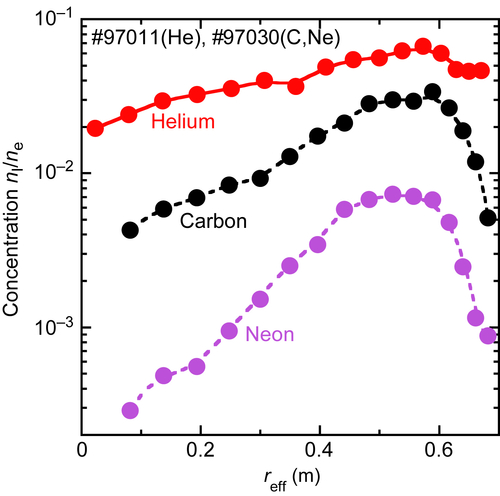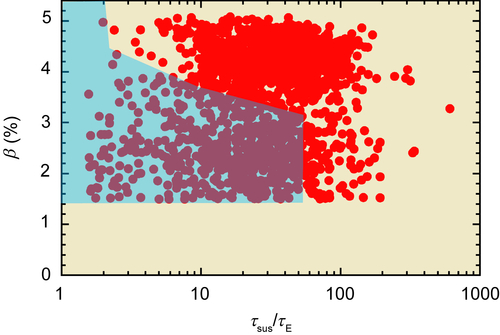Large helical device
Abstract
The Large Helical Device (LHD) is the world’s largest helical device based on the “heliotron” concept, which consists of two continuous intertwined helical toroidal coils. The major goal of the LHD experiments is to demonstrate the high performance of net current-free plasma in a reactor-relevant plasma regime. The construction and the succeeding 17-year operation of LHD have shown its intrinsic advantage of stable steady-state plasma operation and its attractive features of plasma performance. The LHD has contributed greatly to the development of engineering basis and the systematic understanding of net current-free plasma physics. The project is a big step for helical fusion plant.
Keywords
Helical system; Heliotron; Net current-free plasma; Nuclear fusion15.1. Mission and goals of the LHD project
15.2. Design concept of LHD


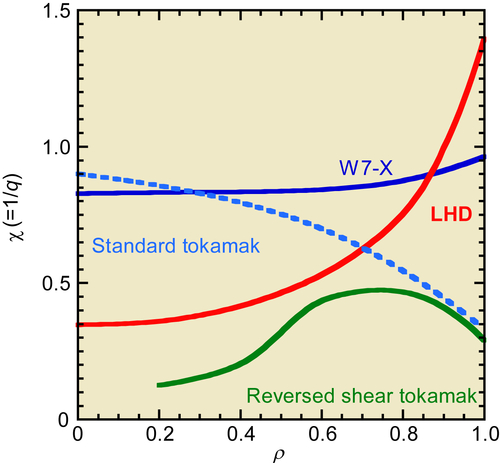
15.3. Plasma production and heating
15.3.1. Electron cyclotron resonance heating
15.3.2. Neutral beam injection heating
15.3.3. Ion cyclotron range of frequency heating
15.3.4. Plasma initiation by NB
15.4. Characteristics of LHD plasma
15.4.1. Position of magnetic axis
15.4.2. Energy confinement
![]() [15.1]
[15.1]
![]() [15.2]
[15.2]

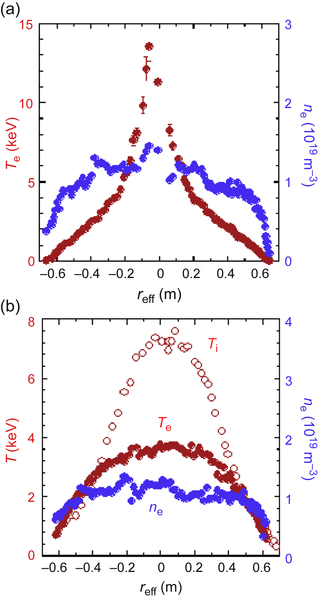
15.4.3. Confinement of high-energy ions
15.4.4. Particle confinement

15.4.5. Stability and equilibrium
15.4.6. Plasma edge physics
15.4.7. Long-pulse operation and plasma wall interaction
15.4.8. New trend of transport study (nonlinear, nondiffusive, nonlocal)
15.5. Engineering performance of LHD
15.5.1. Cryogenic system
15.5.2. Negative ion–based NBI
15.6. Prospects for fusion power plant from the LHD
15.6.1. Design of heliotron fusion power plant: FFHR
Table 15.2
Design parameters of heliotron fusion power plant FFHR-d1
| LHD | FFHR-d1 | |||
| Coil pitch parameter | γc | 1.25 | 1.25 | |
| Coil major radius | Rc | m | 3.90 | 15.60 |
| Plasma major radius | Rp | m | 3.75 | 14.40 |
| Average plasma minor radius | ap | m | 0.61 | 2.54 |
| Plasma volume | Vp | m3 | 30 | 1878 |
| Blanket space | Δb | m | 0.12 | 0.765 |
| Magnetic field | B0 | T | 4 | 4.7 |
| Fusion power | Pfus | GW | 3 | |
| H Factor of ISS95 | HISS95 | 0.8–1.5 | 2 | |
| Divertor heat load | Γdiv | MW/m2 | 8.1 |
